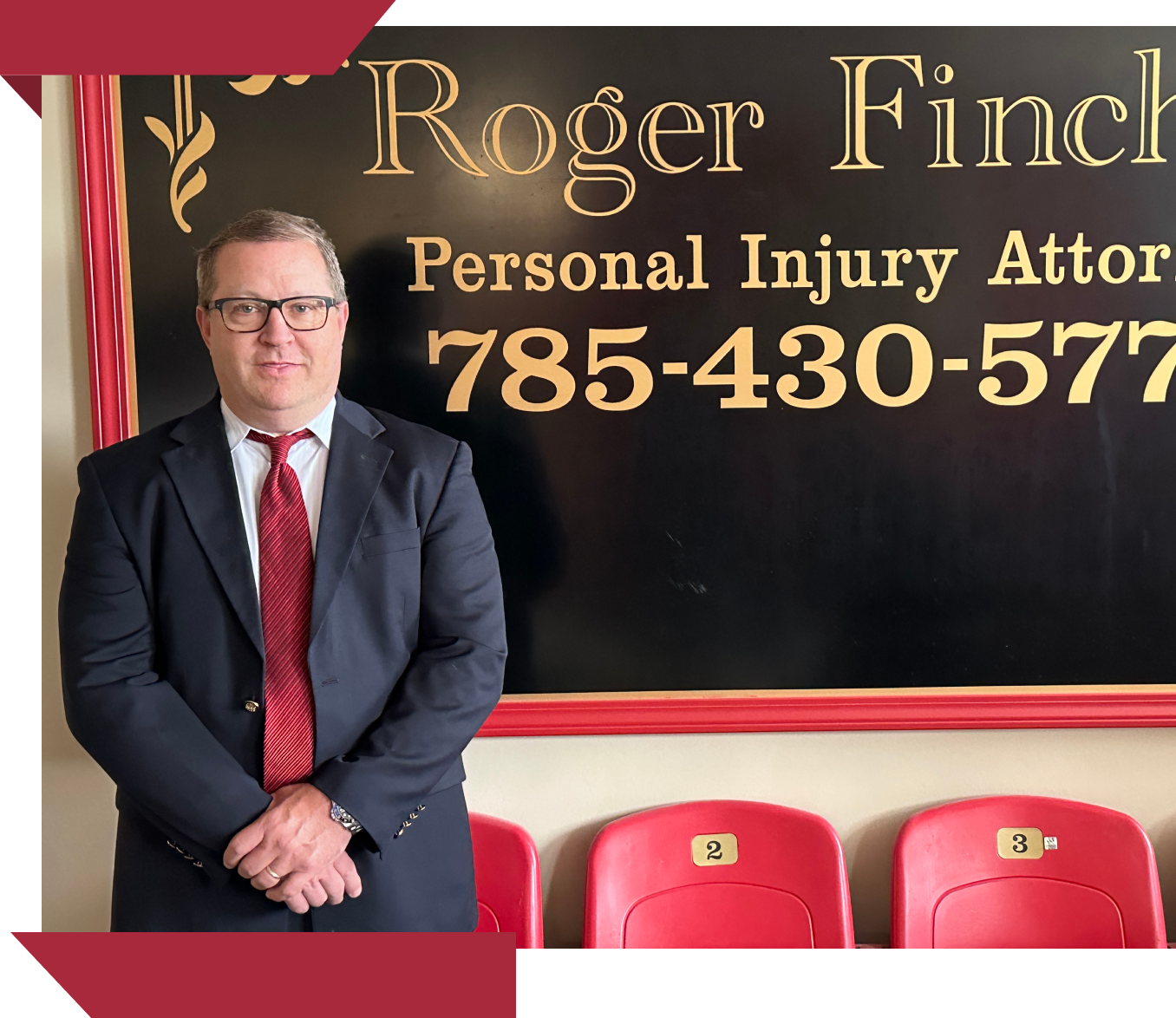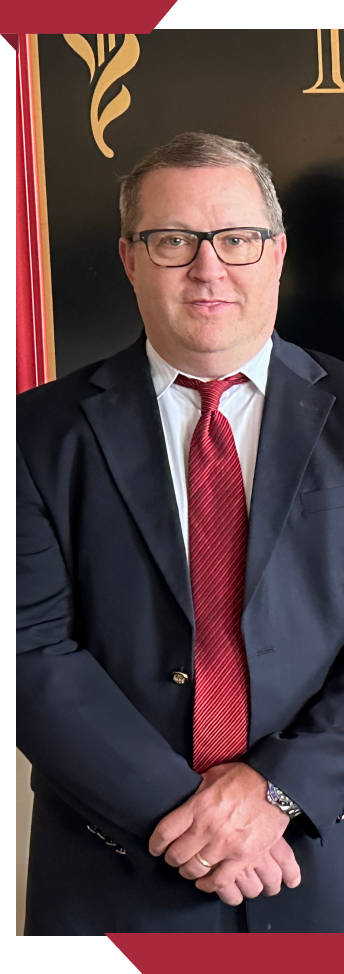
When you slip and fall, the consequences can reach far beyond physical injuries. These accidents often lead to huge medical bills, lost wages, and prolonged pain and suffering.
The Fincher Injury & Accident Lawyers team specializes in helping Topeka victims deal with the complexities of personal injury claims. Our experienced personal injury lawyers are here to advocate for you after an accident.
Navigating a slip-and-fall case requires knowing the legal elements involved and how they apply to your situation. The process can be overwhelming, especially when you are trying to recover from your injuries. Reach out for a free consultation to discuss your personal injury lawsuit.
Slip-and-fall accidents happen all the time but can be very serious. These incidents occur when conditions on someone else's property are unsafe and lead to a person slipping, tripping, or falling.
Common hazards include wet floors, uneven surfaces, and poorly lit areas. Property owners have a duty to ensure their premises are safe for all visitors. These incidents can occur anywhere, from local supermarkets to private homes, and the injuries can be severe.
If you own property, you must ensure it is safe for visitors. When owners do not do so, and someone suffers an injury, the injured person may have a valid personal injury claim. Our lawyers are skilled at identifying when these conditions will likely result in liability.

The legal framework in a slip-and-fall case centers around premises liability. This area of personal injury law holds owners responsible for incidents on their property due to unsafe conditions. To win a slip-and-fall case, you must show that the property owner did not maintain it safely.
Premises liability requires property owners to keep their premises reasonably safe. They must fix known dangers or warn visitors about potential hazards. Our firm has years of experience proving fault in these cases. If you slipped and fell, contact us to review your case.
Property owners often argue that they were unaware of the dangerous conditions. However, if it can be shown that a reasonable person would have known about the hazard and taken steps to mitigate it, liability can still be established. Our lawyers are adept at gathering the necessary evidence to prove this point.
Documenting everything right after a slip-and-fall accident is fundamental. This documentation can greatly strengthen your personal injury claim. Photos of the hazard, witness statements, and a written account of the incident can all be vital evidence.
You must tell the property owner about the accident to prevent hurting others. Make sure to get a copy of the report for your records. Our lawyers can use this information to build a strong case on your behalf.

Totaling damages in a slip-and-fall case involves considering various factors. The severity of your injuries, recovery prospects, and future medical needs all play a role. We also consider the pain and suffering endured and any lost wages if you cannot work.

There are some situations where comparative negligence could reduce your settlement. Kansas follows a modified comparative negligence law. You can pursue compensation if you are found to be less than 50 percent at fault for the incident.
Partial blame could reduce the size of your settlement. Our lawyers are skilled at minimizing the impact of comparative negligence on your claim.
Knowing comparative negligence and how it impacts your case is vital. If you are found to be 50% or more at fault, you cannot recover any damages. This is why having a knowledgeable lawyer who can effectively argue your side is vital.
Choosing Fincher Injury & Accident Lawyers means you have a dedicated team focused on your needs and best interests.
Our lawyers have extensive experience in personal injury law and are particularly skilled in handling slip and fall cases. We know the nuances of premises liability and how to traverse the complex legal challenges. Our slip-and-fall injury lawyers can fight for your rights.

After a slip and fall, it's important to act quickly. Reach out to Fincher Injury & Accident Lawyers for legal assistance. We will help you know your legal options and the best path forward. Our experience with personal injury cases puts us in a favorable position to handle your slip and fall lawsuit.
Contact us today to schedule a free consultation to review your slip and fall injury claim.



How Can We Help You?
How Can We
Help You?
Schedule a Free Consultation Now By Contacting
Our Team at (785) 430-5770 or by completing the form below
Schedule a Free Consultation Now
By Contacting Our Team
at (785) 430-5770
"*" indicates required fields